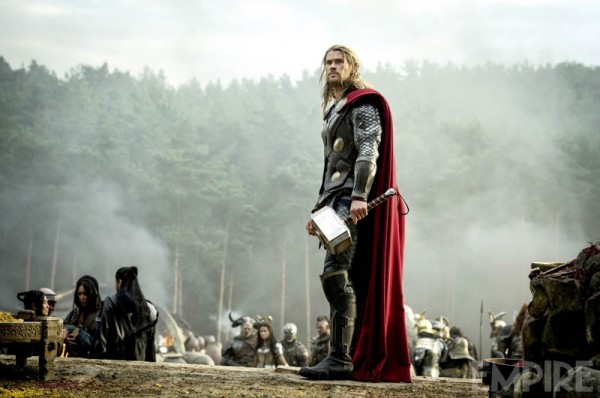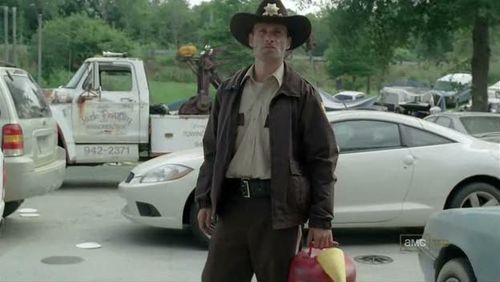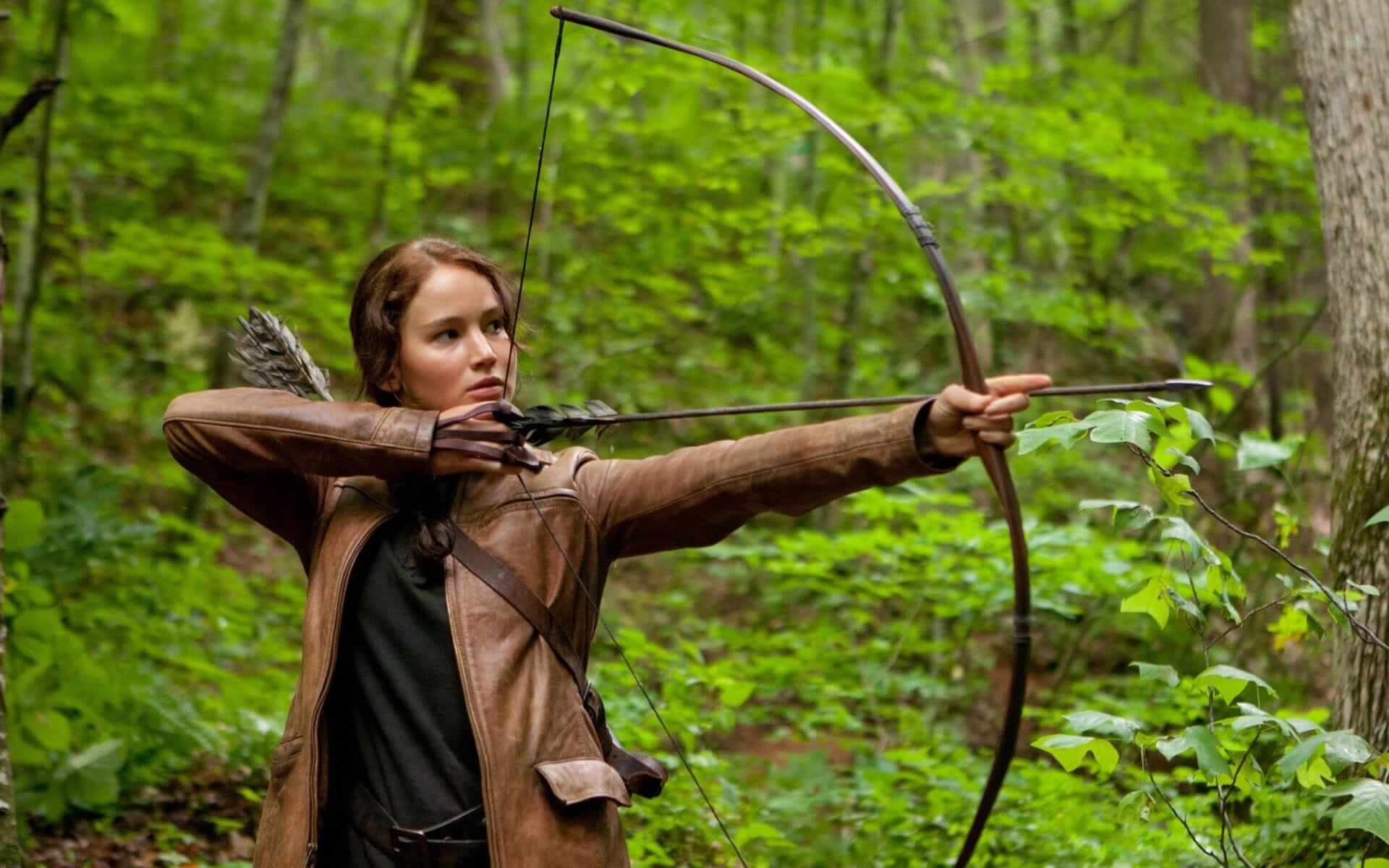Cinematography
Resources for Shot types
A camera shot is when a camera starts and
stops creating a piece of work. There are eight different shot types;
Extreme long shot (XLS/ELS)
This shot type is a wide view of a whole
setting for example a city landscape or open priories with mountains in the
background. This shot is to emphasize an expanse of space and or distance. This
shot makes the audience feel like they are overwhelmed and there is a more
dominant force. It can show power over the audience and subject.

Long shot (LS)
This shot is closer than XLS but at the
same time it shows the complete scene. On a human scale a person would be
clearly visible and fits within the frame. Usually they are used to establish a
location. The audience feel like they are understanding the location more and
are able to become familiar with the setting.

Medium long-shot (MLS)
In a medium long shot, you can see more
details into the characters expressions. These shots are usually from the knee
up and are preferably used for conversation. Also, it gives a good view on the
character. This shot emphasizes all the characters gestures so the viewer can
see how they are acting in certain dialogue. The body language will convey
emotion allowing the viewer to relate and form a personal link with the subject.

Medium shot (MS)
This
shot type tends to be from the waist up and provides a little space above the
head. The gestures, expressions, physical appearance are now clearly visible.
The audience can see the gestures of a subject in greater detail

Medium close up shot (MCU)
The subject is very visible showing the
head and shoulders which fit comfortably in the frame. This shot allows the
viewer to have an intimate feeling towards the subject as they are the
forefront.

Close-Up (CU)
Shows
clear details in the face allowing you to underline the personality. It can
show expressions in greater detail to outline certain expressions that may
barely differ but can be identified here. A close-up will clearly show the
audience how the subject is feeling through facial expressions to outline clear
emotion which is portrayed to the audience. It may be used to create sympathy.

Big Close-up (BCU)
Shows all detail of the subject on the
face, this usually includes from the middle of the forehead to just above the
chin. This shot makes the audience feel a sense of discomfort as they feel as
if they are invading the subjects face.

Extreme close-up (XCU/ECU)
This shot only shows a certain aspect of
the subject magnifying it if it was minute. It allows the viewer to enter the
characters intimate space, revealing certain characteristics. These
characteristics are clearer than a big close-up creating a stronger sense of
certain facial parts that create an emotion in themselves such as the eye.

8 Frame Film
After we had become familiar with each shot type we created a small film which gives a simple brief story using a maximum of 5 shot types. It allowed me to become more in depth with filming as I was able to learn the effects of each shot type. Each type holds different meaning shown above. Representing the shot types in a group created film was tough as the ordering of each Frame could've been different but would've taken longer to plan so we decided to film in a linear way. In the end we was successful in creating the film.
Very good Liam, it's clear that you have a firm understanding of the shot types and how they are used in communicating meaning to an audience. Do make sure that the images you are using as examples are clearly linked to your description, I'm not sure what examples you are using for Close-up and Big close-up.
ReplyDelete